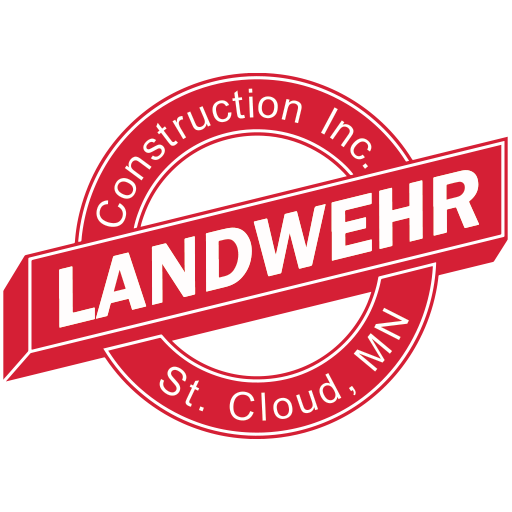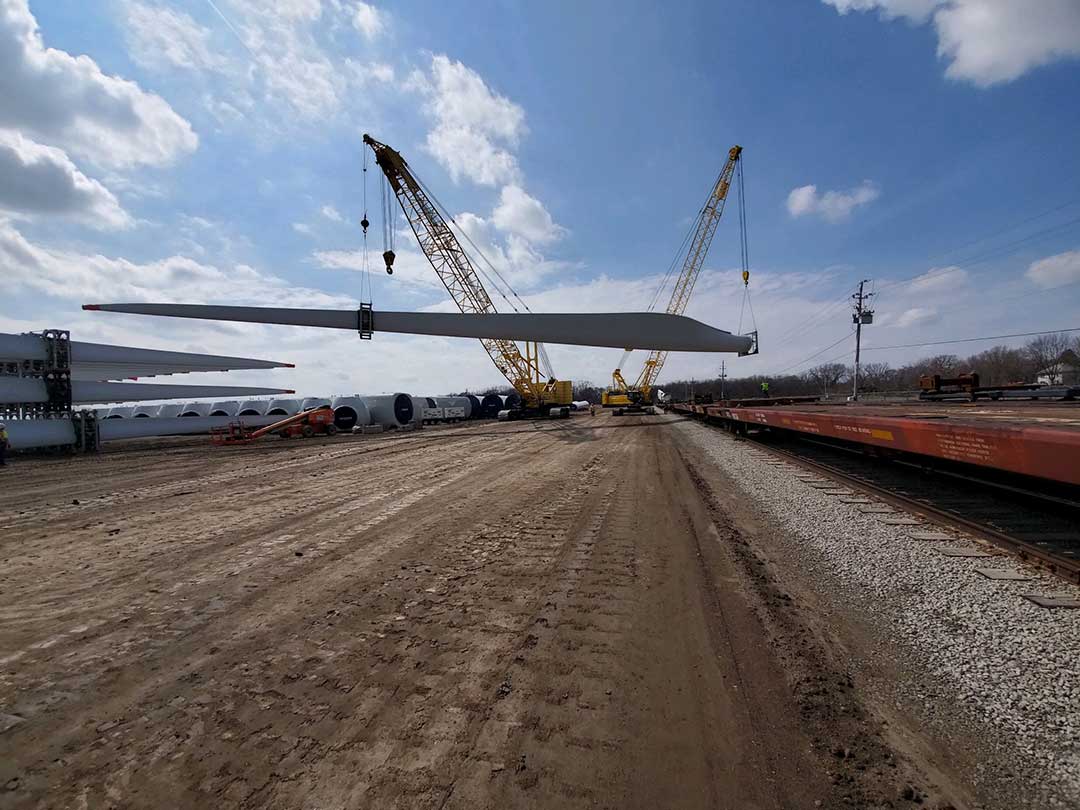Sure, the pros make it look easy, but performing a lift with a crane takes extensive planning and the utmost regard for safety. No matter the job, the construction crew needs to be confident and know exactly what to expect while the lift is being executed. The best way to ensure this is by developing a lift plan.
What is a Lift Plan?
A lift plan is exactly what the name implies—a comprehensive plan that assess the various risks, methods, and complicating factors of a job. It serves as a guide to follow during the job and keeps all the information in one place, where it can be easily accessed and reviewed by the parties involved in the lift.
There are three basic types of lifts: standard, non-standard, and critical. The process of developing a lift plan helps determine if the job is a critical lift by assessing factors like load weight and the involvement of multiple cranes. While every lift needs a lift plan, the extensiveness of the plan depends on the difficulty of the job; the plans for a critical lift will be much more detailed than those of a standard lift, as critical lifts have little margin for error.
Lift plans are necessary to ensure the safety of all involved parties, from the crane operator to the employees on the ground. They make sure a plan is in place before the lift is ever started, leaving as little as possible up to chance.
What’s Included in a Lift Plan?
As mentioned above, the details of a lift plan are largely determined by the unique circumstances of the job; however, there are several things that should be present in a lift plan no matter what.
Load Details
This includes the dimensions, weight, and center gravity of all loads. The lifting points should be identified and inspected to make sure they’re stable and in good quality. Anything contained inside the loads should be recorded—are there objects that could shift or slide? Are there any hazardous materials involved?
The movement of the load should also be examined, from the angles of the swing to path the load will travel. A lift may be classified as critical if the load travels near or over occupied buildings.
Equipment Details
No matter what equipment is involved in your lift, they should be detailed and recorded thoroughly. If using a crane, include the lifting capacity or load chart to ensure it can handle the loads. Don’t forget to account for the space needed to operate or assemble the crane within the worksite.
Detail your rigging solutions as well. If the job calls for turning or rotating a load, both your rigging and crane need to account for potential shifts in weight distribution.
Worksite Evaluation
This includes the environmental and seasonal weather risks that could affect the lift, like rain, snow, or wind. Assess hazards in the load movement path: trees, power lines, buildings, other equipment, or workers.
Personnel
Note the names and contact information of anyone involved with the job, from the crane operator to the worksite supervisor. From looking at the plan, employees should have a clear idea of where to direct questions. Record your communication methods during the lift, whether it be voice commands, hand signals, radio, or a combination of all three, and have a plan in place for keeping ground-level workers out of the way when the lift is being performed.
At Landwehr Construction, we understand the importance of a thorough, well-researched lift plan. The needs of every customer and the requirements of every job are unique, so we create customized solutions to ensure your project is completed with the planning and care it deserves. For more information on our crane and rigging solutions, visit us online.

